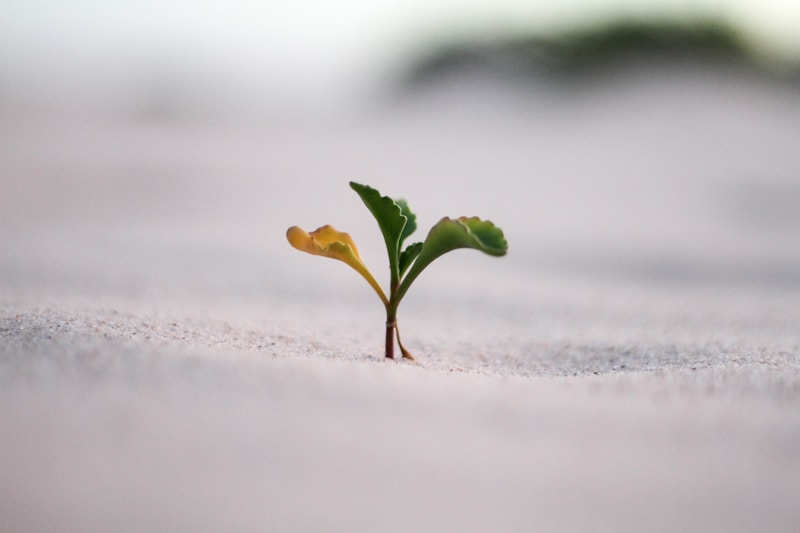The highs and lows of building a company are real.
One minute you’re thinking about all the things that can go right and the next you find yourself in a corner with the world against you.
The most rewarding part, despite the pain, is the pace of learning.
It’s a package deal, there is no learning without trial and error. This process is called becoming antifragile.
Author Nassim Taleb, who coined the term, defines antifragile:
Some things benefit from shocks; they thrive and grow when exposed to volatility, randomness, disorder, and stressors and love adventure, risk, and uncertainty. Yet, in spite of the ubiquity of the phenomenon, there is no word for the exact opposite of fragile. Let us call it antifragile. Antifragility is beyond resilience or robustness. The resilient resists shocks and stays the same; the antifragile gets better. This property is behind everything that has changed with time: evolution, culture, ideas, revolutions, political systems, technological innovation, cultural and economic success, corporate survival, good recipes (say, chicken soup or steak tartare with a drop of cognac), the rise of cities, cultures, legal systems, equatorial forests, bacterial resistance … even our own existence as a species on this planet.
Farnam Street
Things that are antifragile benefit from randomness, uncertainty, and variation.




